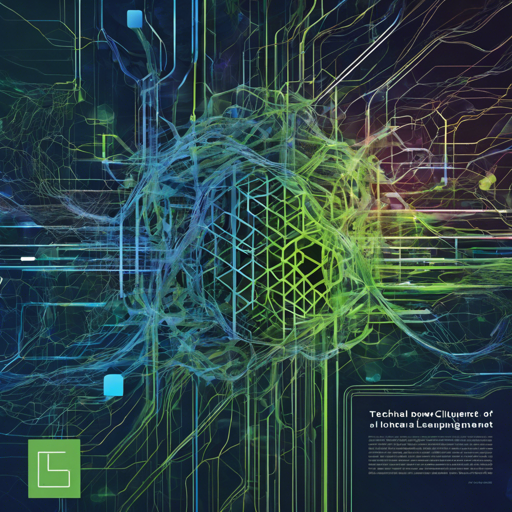Welcome to our deep dive into CliqueNet, the revolutionary architecture for Convolutional Neural Networks (CNNs) By Yibo Yang, Zhisheng Zhong, Tiancheng Shen, and Zhouchen Lin. In this article, we’ll explore how to use CliqueNet effectively, troubleshoot common issues, and understand the underlying principles behind its innovative design.
What is CliqueNet?
CliqueNet is a unique CNN architecture where each pair of layers in the same block are connected bidirectionally. This interconnectivity maximizes information flow, allowing for enhanced feature refinement. Through alternating updates of layers, CliqueNet ensures that every layer receives feedback from the most recently updated layers—resulting in improved performance across various classification datasets.
Getting Started with CliqueNet
Usage Instructions
- First, make sure you have TensorFlow installed in your Python 2 environment.
- Clone the CliqueNet repository using the command:
git clone https://github.com/iboing/CliqueNetpython train.py --gpu [gpu id] --dataset [cifar-10 or cifar-100 or SVHN] --k [filters per layer] --T [all layers of three blocks] --dir [path to save models]--if_a True, --if_b True, and --if_c True.Understanding CliqueNet: An Analogy
Think of CliqueNet as a team of chefs working in a kitchen, where each chef (representing a layer) can both send and receive information from other chefs. Rather than working in isolation, they continuously communicate and refine their dishes (features) based on feedback from each other. This collaborative cooking process ensures that the overall meal becomes better with each iteration, reminiscent of how feedback in CliqueNet helps to enhance feature representation while keeping the number of parameters low.
Ablation Experiments
To analyze the effectiveness of CliqueNet’s feature refinement, ablation experiments were conducted. By identifying how different configurations impact layer performance, the results have showcased that using refined features can significantly lower error rates.
Comparison with State-of-the-Arts
When put head-to-head against models like DenseNet, CliqueNet exhibits superior performance with fewer parameters, demonstrating its efficiency in various metrics like FLOPs, Params, and classification accuracy.
Results on ImageNet
The team is preparing to provide a TensorFlow version for ImageNet experiments soon. In the meantime, a PyTorch version allows you to train CliqueNet on ImageNet with the following command:
python train_imagenet.py [path to the imagenet dataset]By default, CliqueNet-S3 will be trained with a batch size of 160.
Troubleshooting Common Issues
If you encounter any problems while using CliqueNet, consider the following troubleshooting steps:
- Ensure that your TensorFlow environment is properly set up. Missing packages can lead to runtime errors.
- If the model fails to train, double-check your commands for any syntactical errors.
- Verify that the dataset path is correctly specified in your training command.
- For optimization queries or discussions regarding AI project collaboration, feel free to reach out. For more insights, updates, or to collaborate on AI development projects, stay connected with fxis.ai.
At fxis.ai, we believe that such advancements are crucial for the future of AI, as they enable more comprehensive and effective solutions. Our team is continually exploring new methodologies to push the envelope in artificial intelligence, ensuring that our clients benefit from the latest technological innovations.

